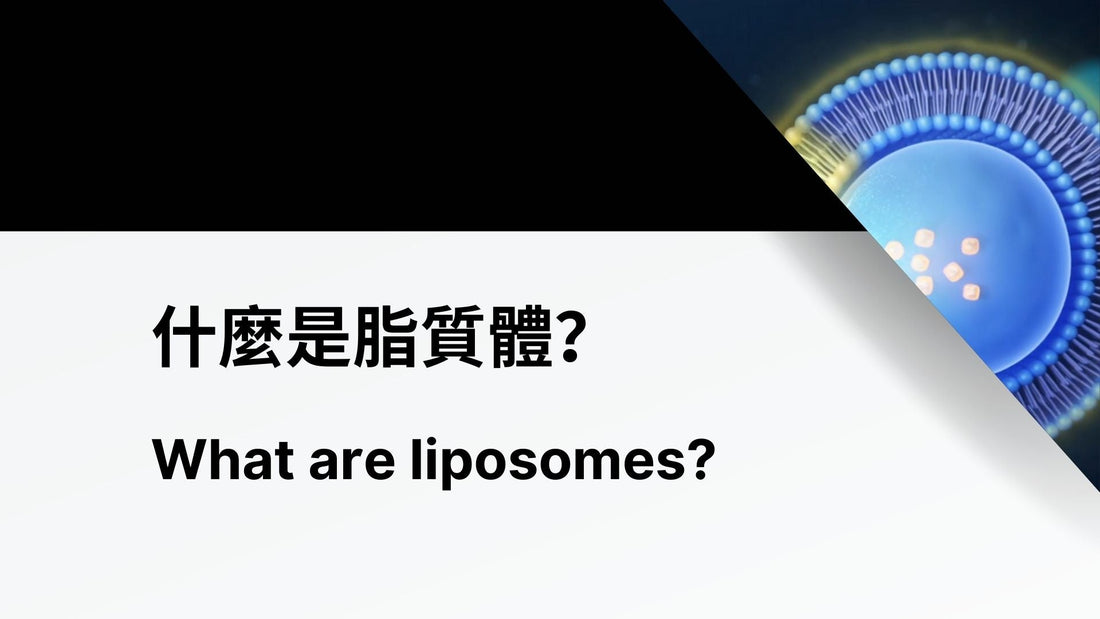What are liposomes?
Share
Liposomes are discovered in the 1960s and are widely used in the pharmaceutical industry. These are tiny vesicles of lipid bilayers that are similar to cell membranes. This makes them exceptionally biocompatible and are unlikely to cause any adverse effects. They consist of a hydrophilic (water-attracting) interior and a hydrophobic (water-repelling) exterior, allowing them to carry both water-soluble and fat-soluble ingredients inside the liposomes effectively. Moreover, such encapsulation can protect the active ingredients from premature degradation due to our body barriers and ensuring a controlled release.
Some oncology (cancer) drugs use this technology to minimize the damage to healthy cells, and allow the medication to stay in the bloodstream longer so more of them may reach the cancer cells. There are also drugs that have a huge side effect profiles. By using liposomal delivery system, side effect profiles are lowered and make it more tolerable for the patient, alongside increased efficacy and clinical outcomes. Liposomal nanotechnology was also used in nobel-winning studies for better delivery and clinical outcomes.
Liposomal products also has its own challenges. The price for liposomal products are usually higher than normal supplements because of the technology and tests carried out. Most liposomes come in the liquid form, which comes with stability and storage concerns. The taste of liposomes will also need to be masked with artificial flavourings as well. Since the word “liposome” is not regulated, there are also products claiming to be liposomes but in fact only contains 10% liposomes. There are also products claiming to be liposomes but are not verified and rigourously tested. These are not what a “true liposome product” can offer you. LipoFast is an example of a product with over 90% liposomes and confirmed with an electron microscope showing the entire structure of the phospholipids.

